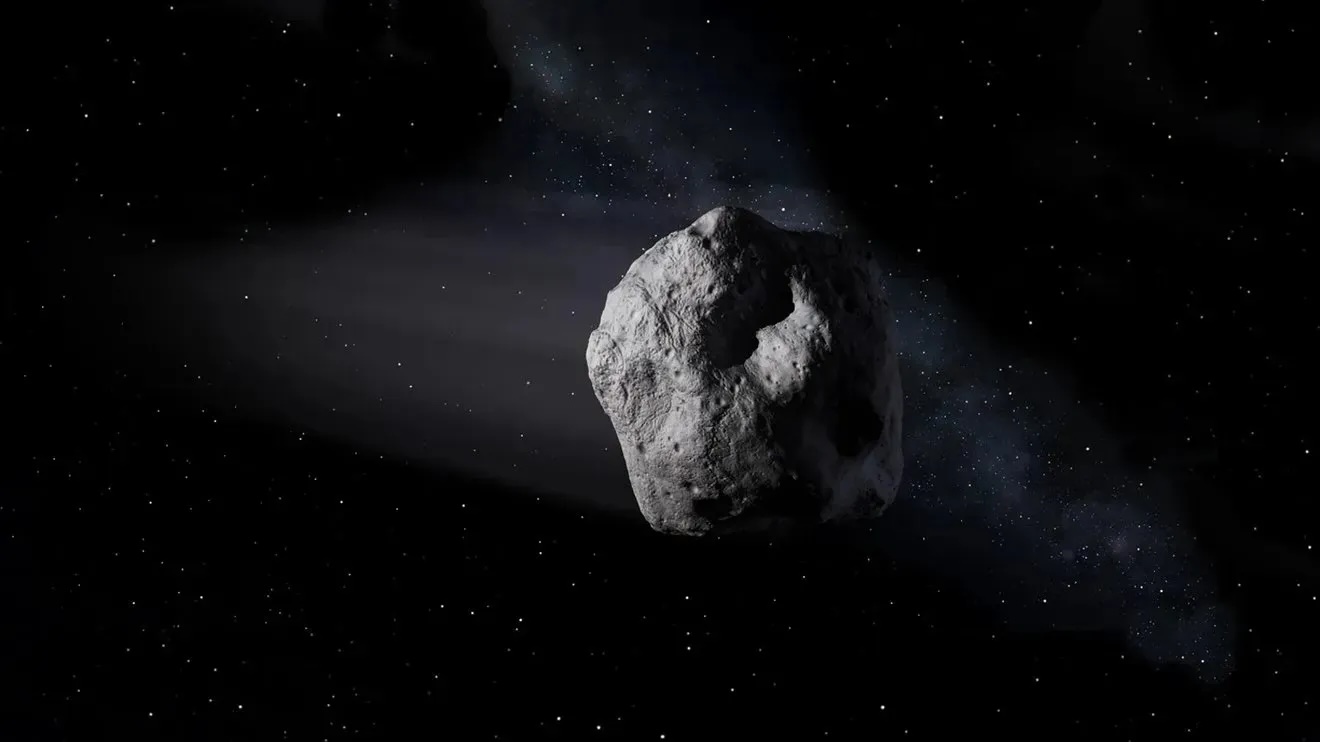When you purchase through golf links on our situation , we may earn an affiliate commission . Here ’s how it works .
As of 10:30 a.m. EDT ( 1430 GMT ) today ( Sept. 23),NASA ’s Upper Atmosphere Research Satellite ( UARS ) is projected to fall to Earth , and could set ashore somewhere in the United States .
Let us be percipient : There ’s anextremely remote chance that UARS will fall on you . But , for just measure , if UARS , or some other spacecraft , did fall on your property , could you keep it ? And , if the bus - size satellite flattened your house , who would be on the hooking for the repair bill ?

An artist’s concept of the Upper Atmosphere Research Satellite (UARS) satellite in space. The 6 1/2-ton satellite was deployed from space shuttle Discovery in 1991 and decommissioned in December 2005. CREDIT: NASA
First off , UARS is the holding of the U.S. government , and remains so even after it come back to Earth . To keep a piece , or to essay to deal it , would be illegal unless NASA relinquishes possession of the debris . When the great unwashed tried to sell piece of the Space Shuttle Columbia , for example , the government shut them down , pulled their auctions from eBay and reclaimed the debris . But that was a special case because the Columbia accident was under investigation at the time . When parts of the space post Skylab bring down in Australia in 1979 , NASA did not reclaim them . In the present case , NASA may or may not ask for UARS debris back .
The good word is that if the artificial satellite , or even just sizable chunks of it , did in fact slam dance into your house , you would n’t need to sell your new space souvenir to pay up for repairs . By international law , NASA would have to foot the bill .
financial obligation for terms stimulate by physical object decrease from space is regulated by the 1972 Convention on International Liability for Damage triggered by Space Objects , fit in to NASA public affairs military officer Beth Dickey . When the U.S. signed the pact , it agree to be " absolutely liable to pay recompense for damage due to its space target on the surface of the Earth or to aircraft in flight . " That depart if UARS , or anything else NASA has put into scope , crashes down in Kansas , France or Zimbabwe . [ Huge Tumbling Satellite Could flow to Earth Over US Tonight or Saturday , NASA Says ]

The terms cover just about everything . In this casing , " damage " is define as loss of liveliness , personal injury or other impairment of health ; or red of or wrong to property of State or of persons , raw or juridic , or property of external intergovernmental organizations .
And the payout is fairly good . Again , quoting the treaty : " The recompense which the launch State shall be liable to pay up for hurt under this Convention shall be determined in accordance with external law and the principle of justice and fairness , in ordination to provide such reparation in respect of the damage as will restore the soul , natural or juridical , State or international organisation on whose behalf the claim is deliver to the term which would have existed if the damage had not occurred . "
One slight hitch in the treaty is that you have to face your title no afterward than one twelvemonth keep abreast the incident ( or find of the harm ) . If you ’ve draw a heap - size satellite seat in your bread and butter elbow room , however , we suspect that satisfying this shape would not be an issue .
















